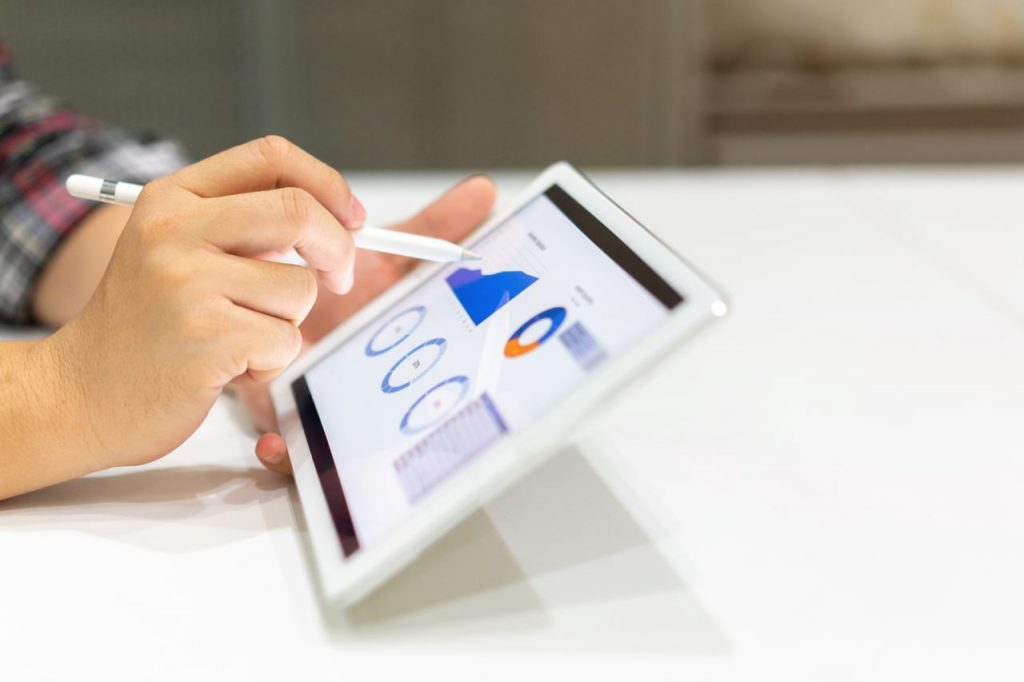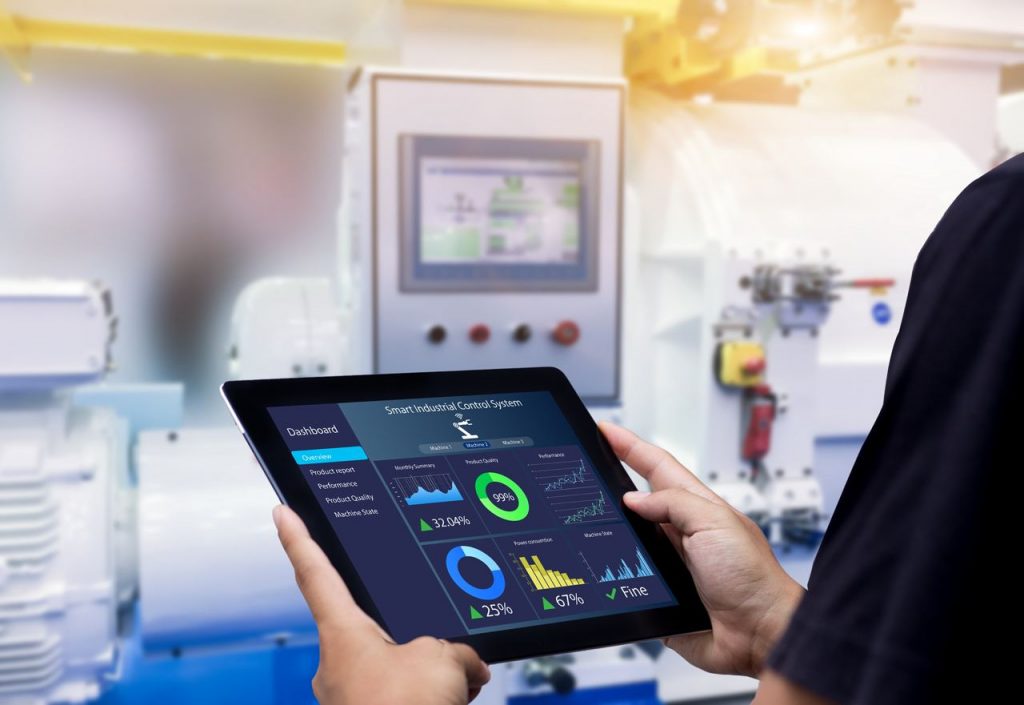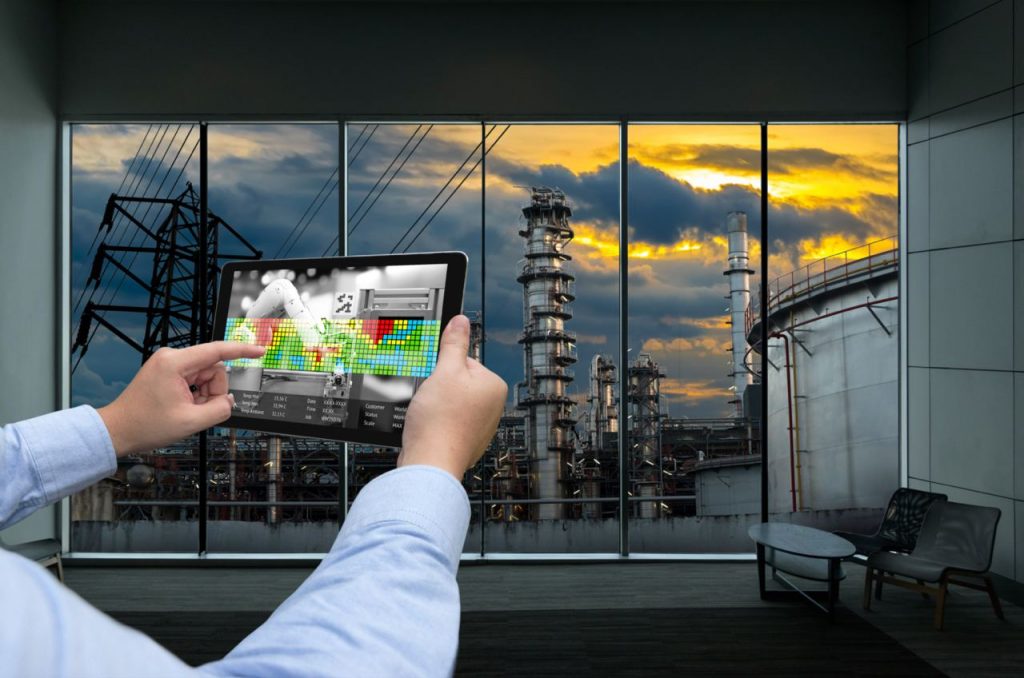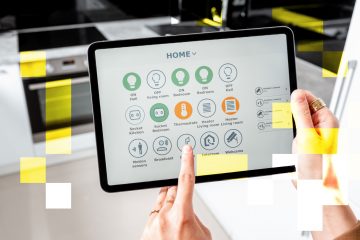The use of information technology is indispensable in the modern world. From business to personal use, there are a myriad of ways that IT can be used to improve one’s life. However, when it comes to industries such as energy management systems (EMS), there are certain specific ways that IT can be used to great effect.
We all know that computers need power, and as our reliance on technology has grown, so too has the amount of power required to keep everything humming along. This has led to increased demand for energy management systems (EMS), which are designed to more efficiently control how much power individual devices use, as well as conserve energy in large-scale operations like data centers and factories.

5 Strategies to Improve Energy Management
But what many people don’t realize is that EMS can also have a significant impact on IT departments. In fact, there are a number of ways in which EMS can benefit or even help manage IT infrastructure:
- Reducing downtime and improving system reliability
- Allowing for better capacity planning
- Improving energy efficiency and reducing emissions
- Enhancing security posture
Speaking about strategies that are using to improve the energy management:

Energy Software
Energy management software is a key component of an energy management system (EMS). An EMS is a comprehensive, automated system that helps businesses manage their energy costs. Energy management software works by monitoring and managing your business’s electricity usage. It can identify when you’re using more electricity than you should, and it can help you find ways to reduce your consumption. Businesses need to find an energy management system (EMS) that can help them save money on their power bills and reduce the environmental impact of their operations. There are a number of different software options available, but which is the best for controlling power and energy logger? Communication with these instruments via the world’s most popular mobile device platform is easy, convenient, and safe using OP more and The PEL app.
- Use data analysis to optimize operations: By understanding how your business operates, you can make informed decisions about where to focus your efforts on improving efficiency.
- Train employees on best practices for conserving energy: Implementing efficient work habits in the office is key to reducing overall energy consumption.
- Automate processes with software solutions that support EM policies and goals: Automation can save time and money by automating tasks that would otherwise be performed manually or semi-manually.
- Connect devices throughout the enterprise with networked sensors and smart meters: Collecting data from devices throughout the enterprise can help you understand how people use electricity and gas, as well as identify potential wastefulness in your usage patterns (for example, if you’re using more electricity at night than during the day).
- Integrate EMS into existing information technology (IT) systems so that all relevant data is easily accessible and managed centrally
An energy manager app is an application that helps businesses manage their energy consumption. By tracking and reporting on energy usage, the app can help businesses save money on their electricity bills. Energy manager apps are also useful for monitoring environmental impact, as they can help businesses identify areas where they could cut down on their carbon emissions.
An electrical energy management system (EMS) is a comprehensive, automated system that helps businesses manage their energy costs. An EMS includes software that monitors and manages your business’s electricity usage. It can identify when you’re using more electricity than you should, and it can help you find ways to reduce your consumption. In addition to helping to save money on your electric bill, an EMS can also improve the quality of your air conditioning or heating systems by ensuring they are running at peak performance all year round. By integrating an EMS into your business’s IT infrastructure, you will be able to quickly and easily detect any problems with your power supply or cooling systems.

Asset Management For Utility Sector
Asset management is a critical function in the energy sector, and it’s important to understand why. Asset management helps utilities manage their physical assets (like power plants and transmission lines) as well as their intellectual property (like patents and trade secrets).
It also helps them keep track of their finances, so they can make informed decisions about where to invest resources. In short, asset management is essential for ensuring that utilities are able to meet customer needs reliably and cost-effectively.
In the Utility Sector it’s used for tracking, managing, and protecting physical assets such as power plants, transmission lines, and other infrastructure. It’s essential for utilities to keep track of their physical assets in order to ensure that they’re operational and meeting customer needs. Asset management also helps utilities manage financial risks associated with their assets. By keeping track of their physical assets and mitigating financial risks, you can protect yourself from potential liabilities.
Utility Sector
Utility companies have long relied on energy management systems (EMS) to help them optimize the generation, transmission, and distribution of electricity. These systems are complex, and often require the use of specialized software to run properly. Oracle and SAP are two of the most popular EMS software platforms in use today. Both offer a wide range of features and functionality, and can be customized to meet the specific needs of each utility company.
Utility companies use a variety of software to manage their energy resources. Some examples include:
- Systems that help utilities forecast demand and plan for future needs
- Software that helps utilities track energy usage and performance
- Software that helps utilities analyze costs and make decisions about how to best allocate resources
There are five types of utility software:
- Home energy management systems (HEMS)
- Commercial building automation systems (BAS)
- Energy management for data centers
- Utility billing and reconciliation software
- Smart metering infrastructure
Utility software is a type of software that helps manage energy use, both in the home and office. It can help you save money on your energy bills, as well as reduce carbon emissions. By integrating an EMS into your business’s IT infrastructure, you will be able to quickly and easily detect any problems with your power supply or cooling systems. If you are interested in some kind of integrations or developing the project from scratch, speak to our experts Info@fortyseven47.com



